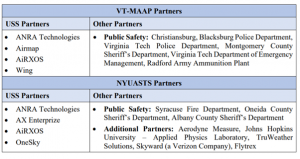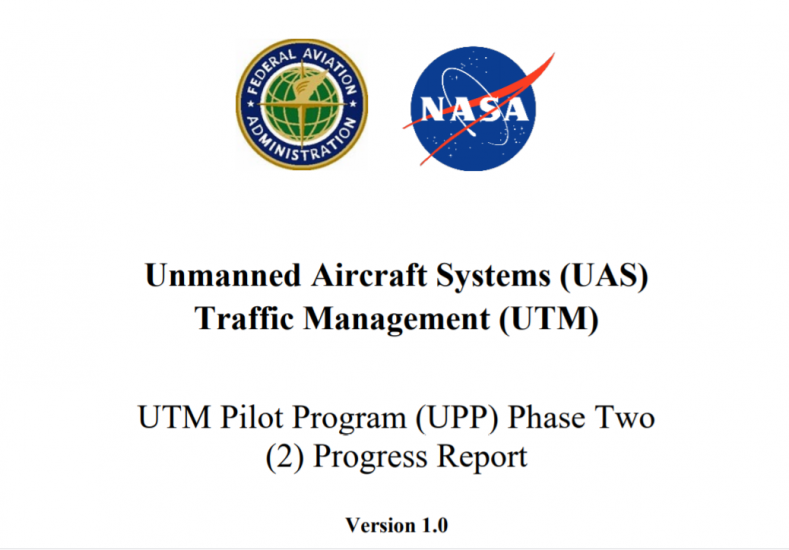The US Federal Aviation Administration (FAA) has published a progress report on Phase Two of the UTM Pilot Program (UPP), which has looked at, among other issues, the security of information exchanges between UAS Service Suppliers (USS), drone operators and the FAA within a UTM system. Two of the key findings of the programme are:
- Cybersecurity is of paramount importance in the domain today, especially in the future of the UTM ecosystem. UPP Phase 2 incorporated a layered message security approach using digital certificates and message signatures to improve the integrity and security of the information exchanges. Both of these security measures were applied to the onboarding and shakedown activities.
- The shakedowns demonstrated the FAA’s capability to query participating USSs using the remote identification (RID) endpoints in line with the ASTM standard. During the onboarding phase of the program, there were challenges with the new message security implementations as part of updated ASTM standard, which were subsequently resolved by the team. These challenges can provide input to future updates to the ASTM standard. There were also message formatting issues on the exchange of historical queries RID messages. The team worked diligently throughout both shakedowns to test the telemetry and data messaging elements to resolve the interoperability challenges. These tests have helped to shed light on the new ASTM standard API and how it affects UTM in a realworld environment.
The FAA will utilize data, lessons learned, surveys, and other artifacts to generate a final report, which will be published in 2021.
In April 2020, the FAA selected two FAA UAS test sites to partner with the agency in UPP Phase 2:
- Virginia Tech, Mid-Atlantic Aviation Partnership (VT-MAAP)
- New York UAS Test Site (NYUASTS)

“Throughout spring and summer of 2020, VT-MAAP and NYUASTS worked with their partners and the FAA to prepare for the final flight demonstration,” said the report. “This included software development, systems integration, definition of use case test cards, and identifying data capture requirements. As part of the preparation for the demonstrations, the USSs and the NIEC lab conducted numerous checkout tests to validate the required system interactions. The checkout process tested individual interactions between USS and FIMS, USS and USS, and UAS vehicles and USS. This ensured that the individual USSs were able to connect and communicate with the other UTM components prior to beginning the operational tests of the capabilities…”
“The activities conducted prior to the final demonstration allowed the UPP Phase 2 partners to identify and resolve a number of challenges with these advanced UTM capabilities that ensured the success of the final demonstration.”
For more information
https://www.faa.gov/uas/research_development/traffic_management/utm_pilot_program/media/UTM_Pilot_Program_Phase_2_Progress_Report.pdf




